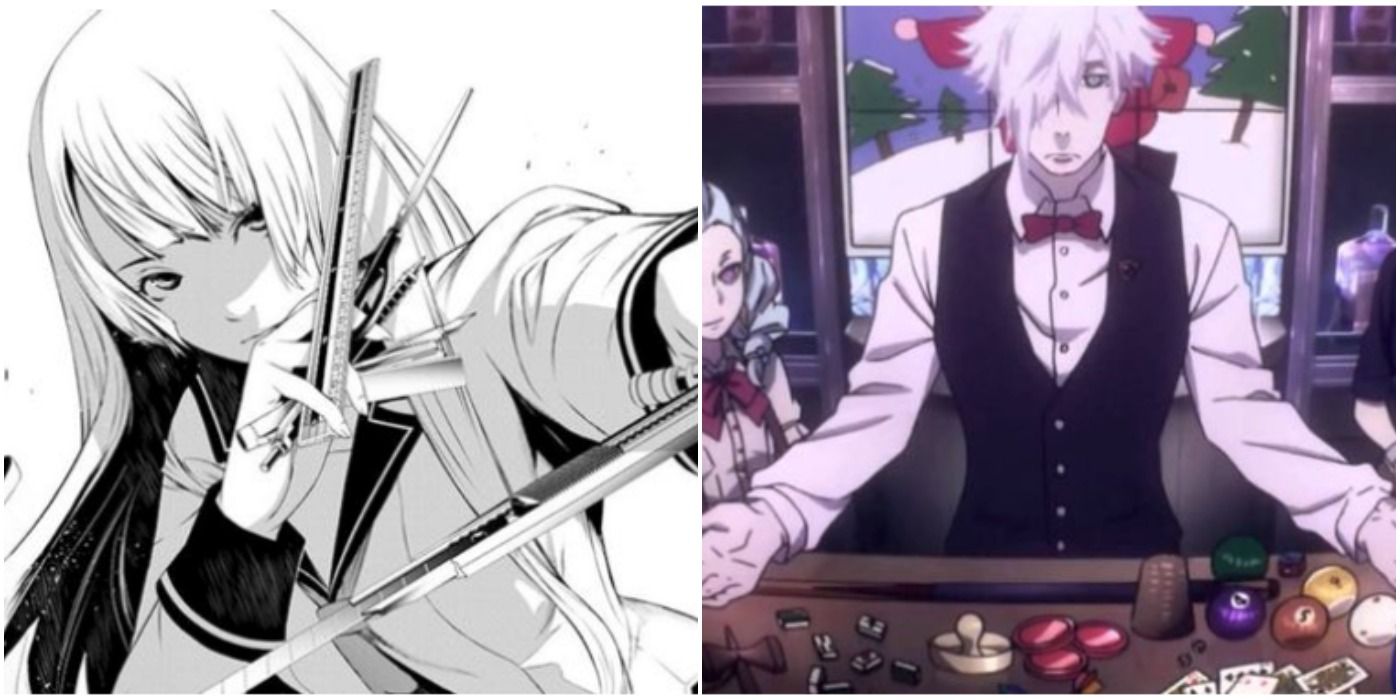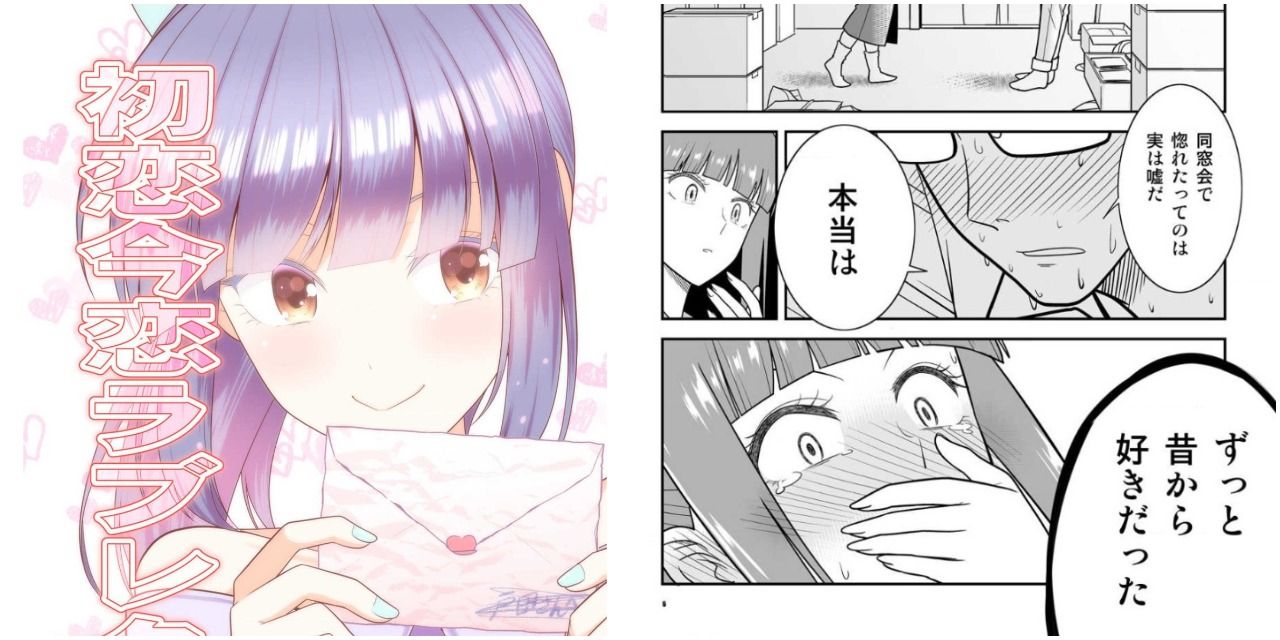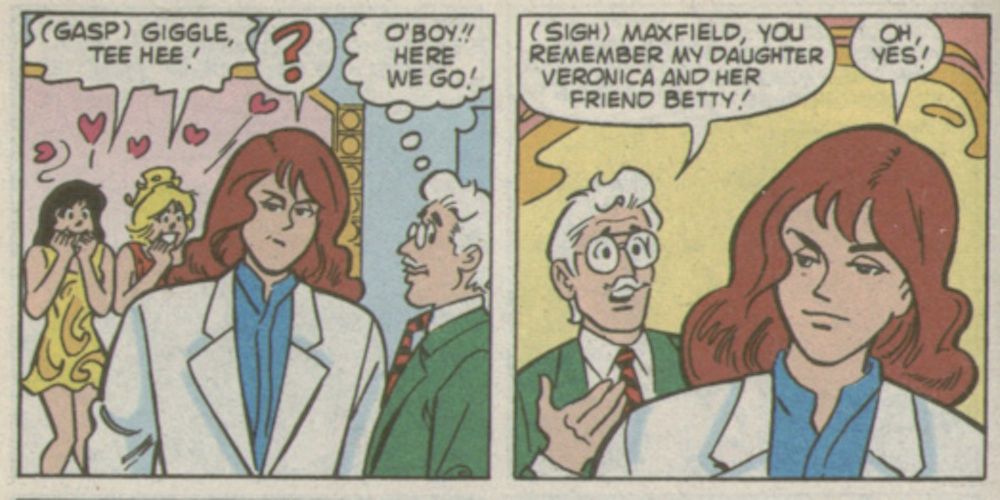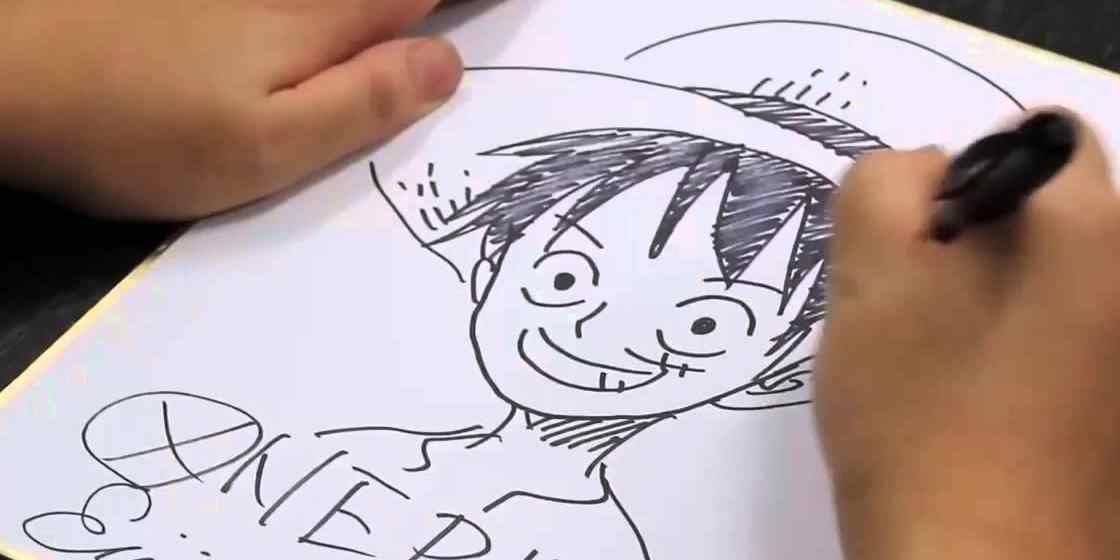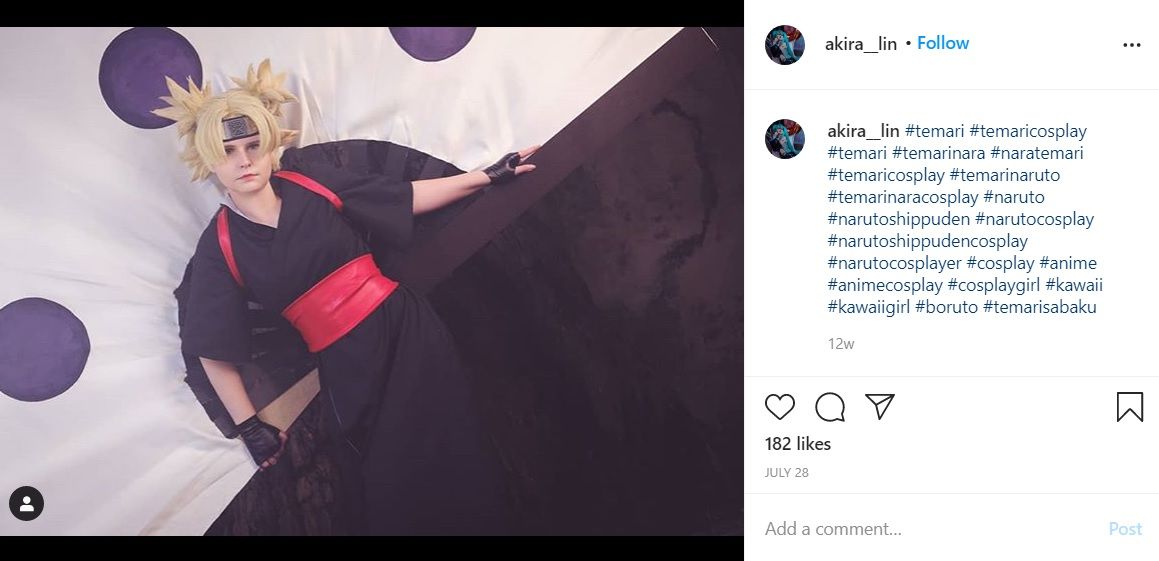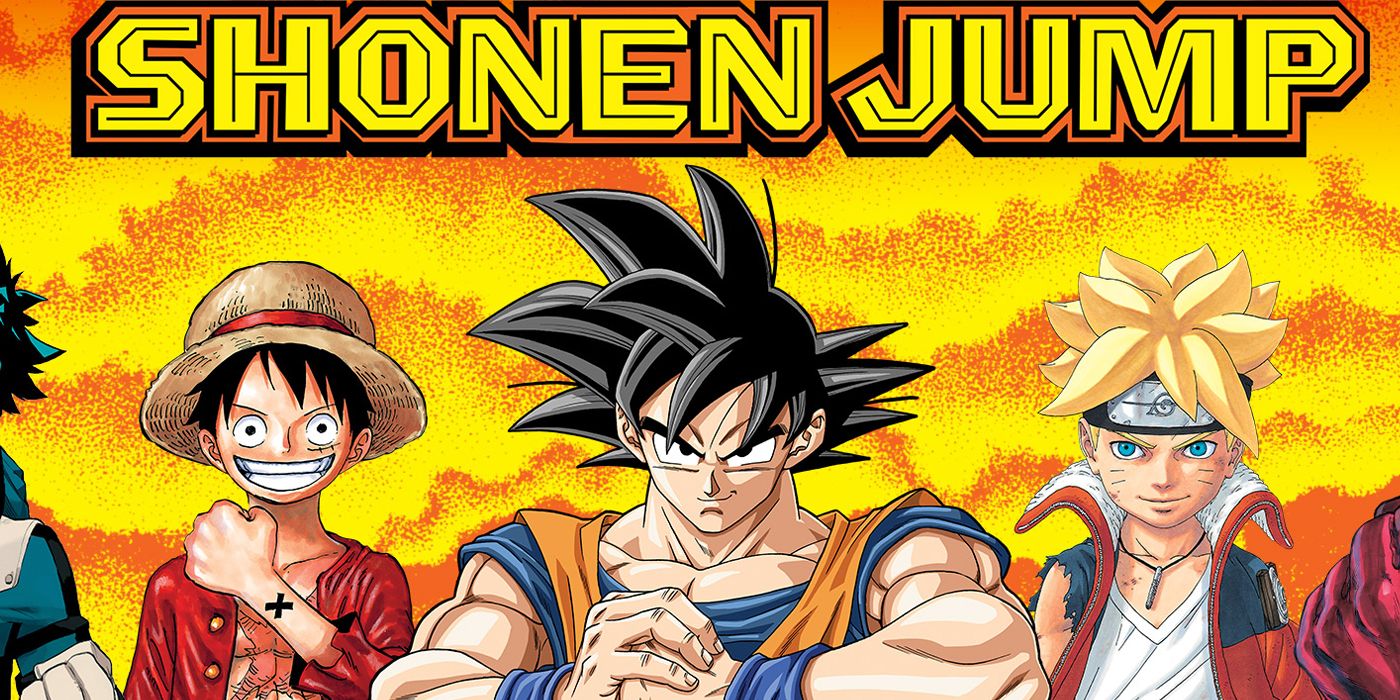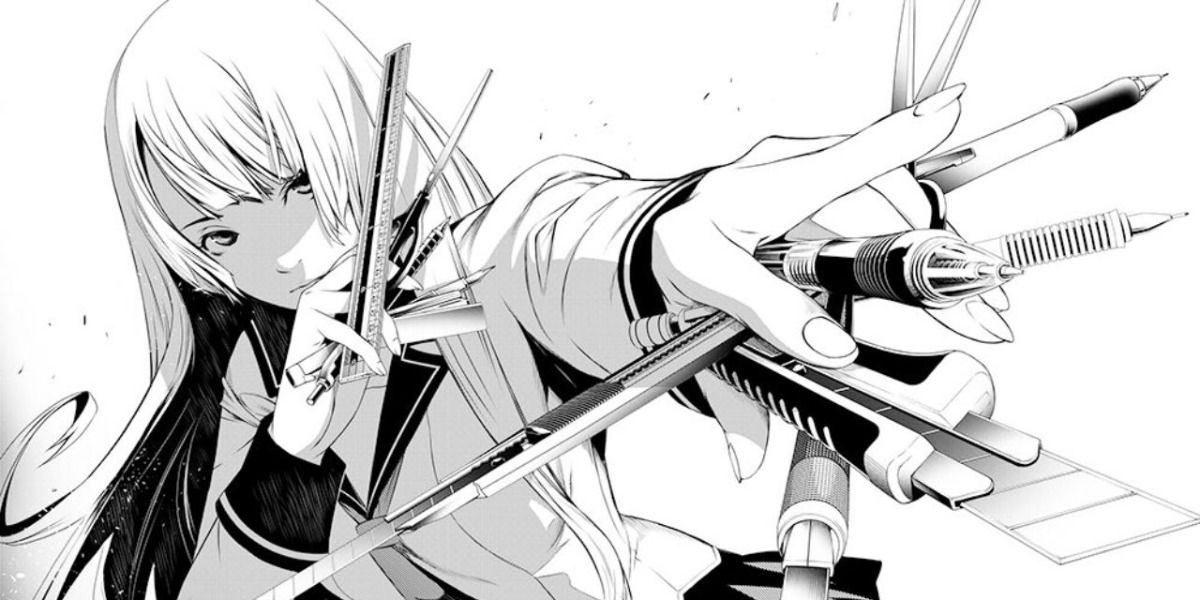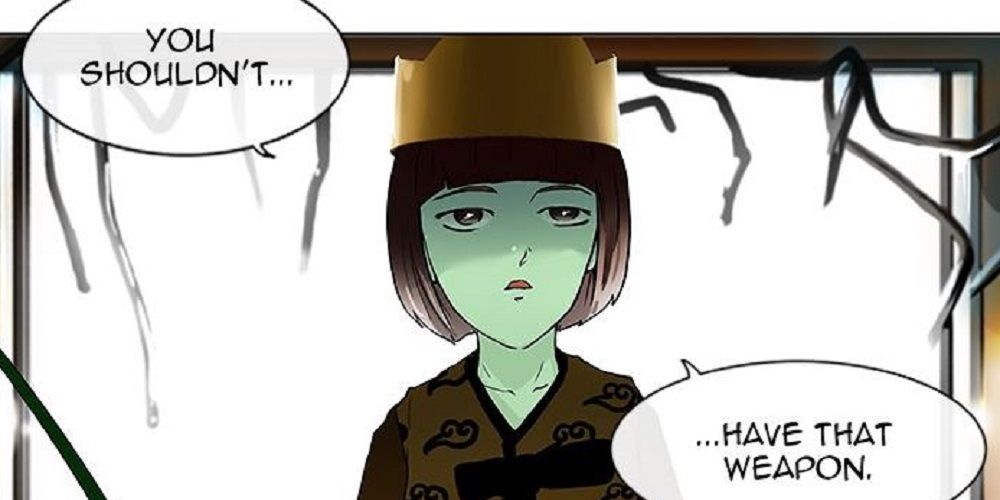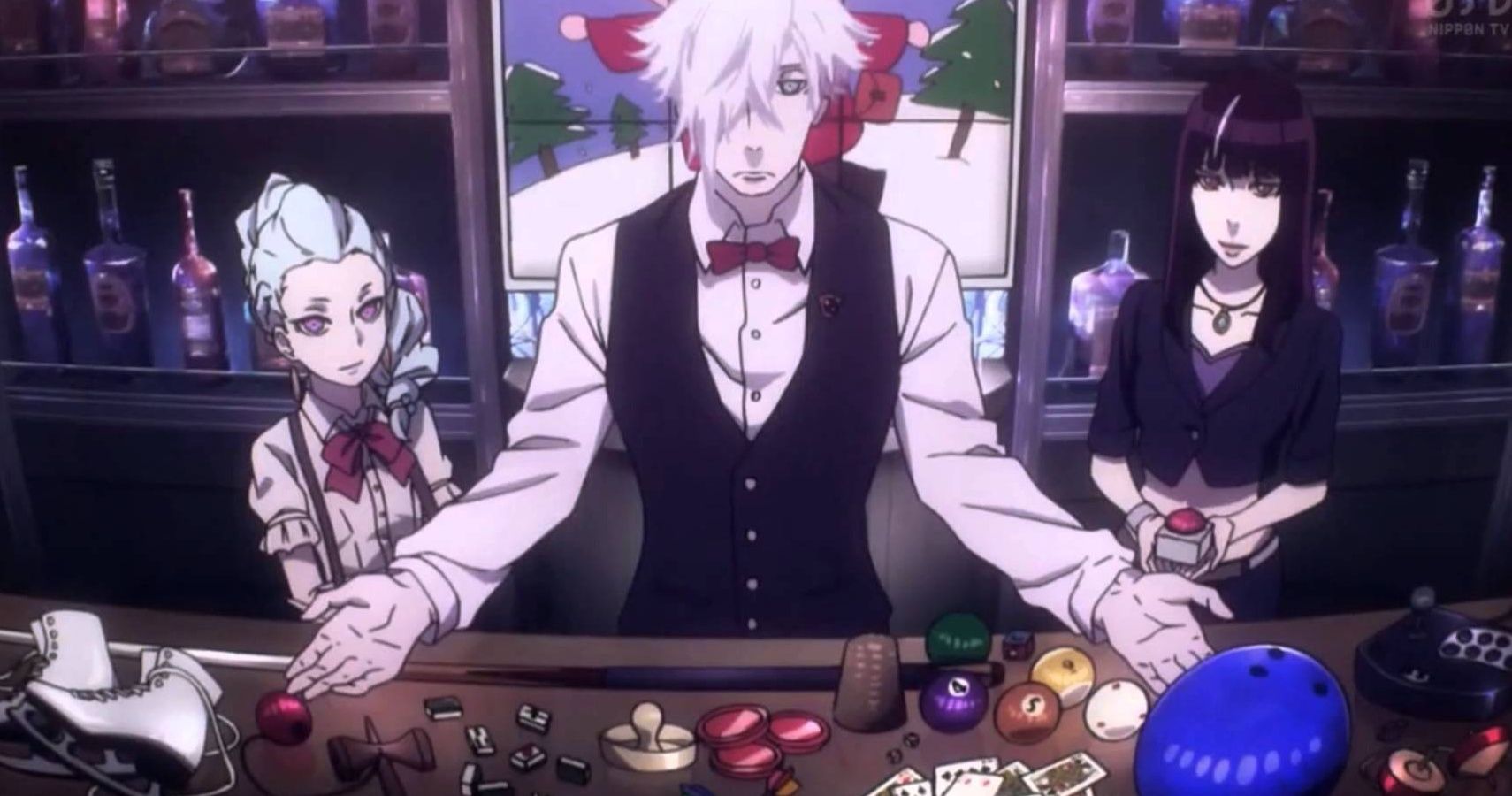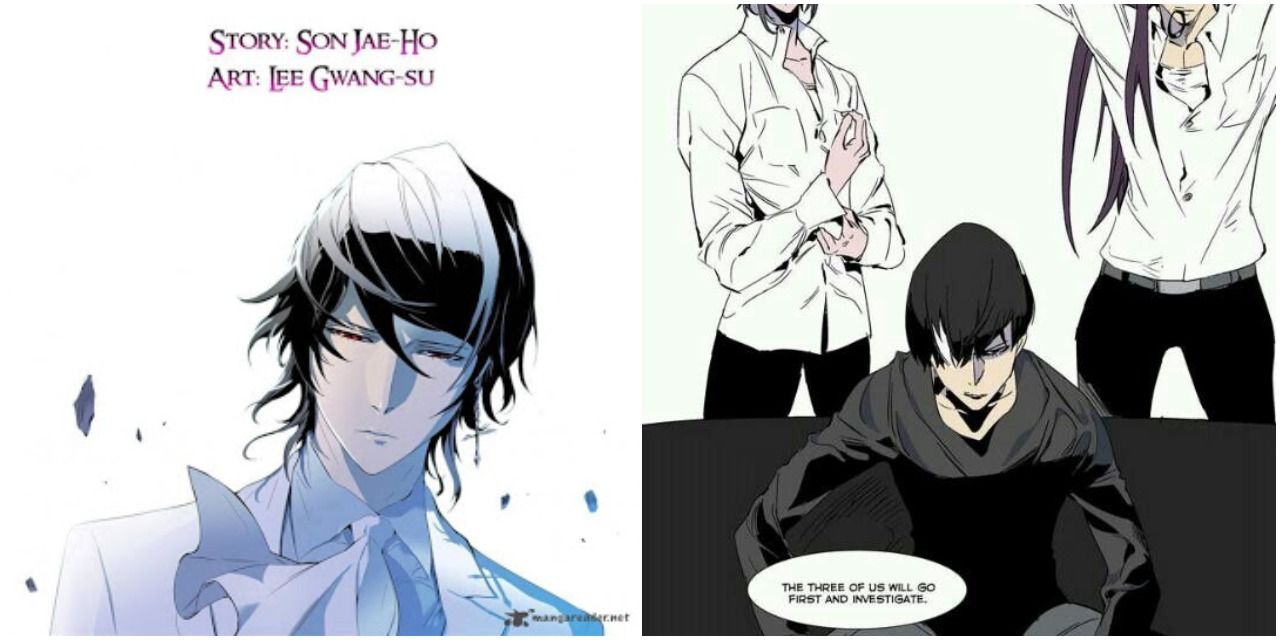Manga and Manhwa have captivated domestic and international audiences for more than a century! The differences between these two separate art forms and the American equivalent, the comic, may be hard to recognize for casual consumers. For those disconnected from Korean and Japanese culture, One Piece and Tower of God may seem to share more similarities than differences, especially when adapted for the television screen. But, before even making it to the screen, these franchises were admired for years by Manga and/or Manhwa fans.
An American audience would do best to respect the cultures from which these separate art forms stem from by recognizing their unique histories. The list below recognizes their uniqueness by noting five differences but also praises the age of globalization that readers live in by acknowledging five similarities.
10 Difference: Country Of Origin
The age of globalization and the ever-increasing reach of the internet has given domestic audiences around the world access to art that they previously never dreamed of accessing. For an American audience to enjoy content created in Korea or Japan a lot of things have to happen.
Before any international marketing campaigns or translations can bring these works to a larger audience, Manga and Manhwa must first be produced in their respective countries of origin. Manga is produced in Japan while Manhwa is produced in Korea. Before they ever have a chance of reaching a global audience each must be translated in order to give international readers a chance to enjoy them.
9 Similarity: Korean/Japanese For Comics/Graphic Novels
Though each of these art forms is produced in a different country, the words Manga and Manhwa denote the same thing to domestic audiences in Japan and Korea. Like the word comic or graphic novel can be used in the states to denote stories told through panels filled with art and word bubbles, the words Manga and Manhwa do the same. For example, a Korean citizen might call an American graphic novel Manhwa until they learn the proper term in English.
The written languages and styles of art may change, but these words function the same to native speakers and only take on new meaning when introduced to international audiences who hope to pay their respects to the appropriate country of origin.
8 Difference: Mangaka V. Manhwaga
Another way viewers can show their respect to the producers of manga and manhwa is to call the creators by their proper titles. These titles closely resemble the different words that denote the artforms. Creators of Manga are called Mangaka and creators of Manhwa are called Manhwaga.
For example, the incredibly talented and all-around beautiful human being that sacrifices his wrists to bring viewers the Tower of God manhwa, SIU, would appropriately be called a Manhwaga by his peers. Surely he would settle for incredibly talented and beautiful human being though.
7 Similarity: International Audiences
The combination of the written word and graphic art has enticed audiences for as long as they have been combined. Whether it be the American comic, the Japanese Manga, or the Korean Manhwa, the audience is sure to be made up of more than just the local demographics. The diversity of these demographics has inspired an entire industry of translating content created in different parts of the world for an international audience.
Today, fans of popular Manga series are not limited to those that can read the Japanese characters. Globalization and the digital age have made being a fan of Korean and Japanese art as simple as downloading an app. As the world continues to develop through this period of globalization, both of these artforms will surely continue to expand their audiences.
6 Difference: Manga Are Published Alongside Other Manga While Manhwa Are Published Independently
The Shonen Jump Magazine has garnered international respect by giving Mangaka an avenue through which they can publish their Manga. Popular Manga like My Hero Academia and Haikyu each meet their audience first in the pages of this magazine. It is only after this step that Manga are collected into volumes for the reader's convenience.
Manhwa on the other hand, skip this first step, and publish new entries directly into digital volumes. The convenience of publishing digitally allows the Korean artform to reach audiences immediately, satisfying the itch of its digitally native readers each week.
5 Similarity: Both Stem From The Chinese Word "Manhua"
Both Manhwa and Manga are beginning to find more and more similarities in their production as the world embraces globalization and cultures continue to melt into each other. This day and age are not the first that these two artforms shared commonalities though. In fact, both of these words stem from the Chinese word "manhua" which translates roughly into English as "impromptu drawings."
Fans of Manga and Manhwa know that the drawings they see each week in their favorite series are much too detailed to be called impromptu. This in and of itself, proves that these words have branched off from their original meaning. Instead of fearing globalization and the melting of cultures though, fans would be wise to recognize that these artforms have a long history of sharing.
4 Difference: Print Vs. Electronic Publications
As stated previously, Manga are published first in print magazines like Shonen Jump then eventually printed and published in volumes that offer the reader the chance to keep up with a single series more conveniently. The reason for this is simple. Manga traditions began before the digital age that readers live in today. It is traditional to publish Manga in print form, and in fact, this platform offers some benefits that the digital platforms cannot offer.
Though Manhwa occasionally print their series, they are primarily published on digital platforms. One benefit of publishing digitally, is the ability to draw in color without worrying about the cost of ink.
3 Similarity: A Variety Of Genres
Many people assume that comics and graphic novels are only meant for children, regardless of the country they were created in. It is certainly true that Manga and Manhwa attract a younger demographic. This is largely due to the simplicity of the "heroes journey" arc that finds itself in series like Dragon Ball and One Piece.
Like American graphic novels though, Manga and Manhwa offer a variety of genres for a variety of readers. If the superhero content portrayed in My Hero Academia and One Punch Man lacks the mature content fans want, the psychological thriller, Death Parade will surely have readers contemplating existential ideas in a way no child ever could.
2 Difference: Manga Reads Right to Left And Manhwa Reads Left To Right
One thing new manga readers are sure to notice is the fact that the panels read right to left, unlike traditional American comics that read left to right. While it takes a while to get used to, the panels still work together to show movement like their American equivalent.
Manhwa is read left to right like their American counterparts, but their native digital setting frees them from the constraints of printed books. Viewers read Manhwa on a single digital page that they can scroll through, making for panels that take advantage of their verticality.
1 Similarity: Both Inspire Great Animated Series
While anime has traditionally been defined as the animated adaptions of manga content, new releases like Noblesse, Tower of God, and The God of Highschool prove that this style of animation can be used to adapt Manhwa as well.
While One Piece and Dragon Ball will always stand as the truest form of anime thanks to their ties to Japanese culture and Manga, these new series have proven that international audiences will consume content inspired by Manhwa just as they would any content inspired by Manga.

